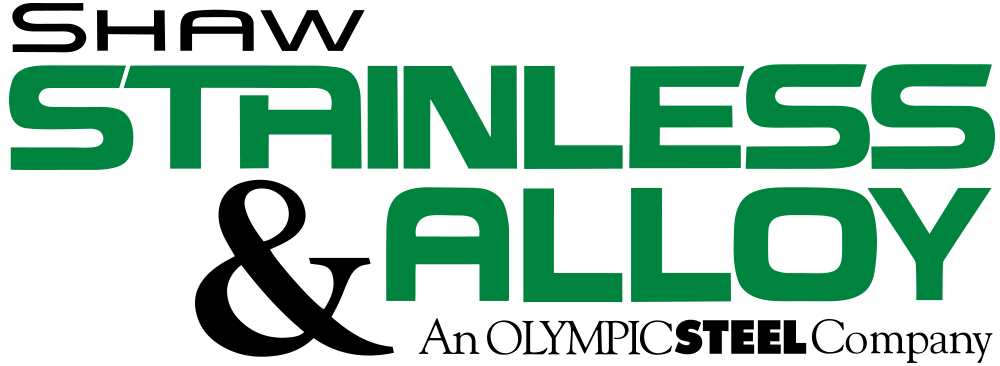Electropolishing & Passivation
Shaw Stainless Fabrication Division is a premier stainless steel fabricator specializing in bollards including stainless steel bollards, DAF tanks, stainless steel pipe fabrication, and other custom stainless steel fabrication. From large diameter stainless steel pipe, pipe spools, to complete stainless steel pipe systems, we will customize a solution for your application. We are your stainless steel fabrication experts.
Electropolishing vs. Passivation of Stainless Steel
Electropolishing
Electropolishing, also known as electrochemical polishing or electrolytic polishing, provides a smooth and shiny finish to your product.
Stainless steel has a protective oxide layer on the surface which provides corrosion-resistance. During the manufacturing or machining process, this layer may be removed. Electropolishing restores the corrosion-resistant properties often required in many highly-corrosive environments.
This process takes place in an electrically charged acid bath tank. It does not add material, as in a plating process, but removes material. The concept of electropolishing is to remove more of the iron from the surface and leave higher levels of chromium behind to improve the corrosion resistance of the surface. During this chemical reaction, surface stress is relieved from mechanical polishing & machining and the surface finish is improved by taking the fine highpoints off of the surface created by mechanical polishing. Also, the finish is brightened by leaving a higher chromium to iron ratio on the surface.
Shaw Stainless meets the ASTM B912 requirements for electropolishing.
Passivation
We offer passivation in a nitric acid-based or citric acid-based solution. Passivation works to remove the free iron and contamination from mechanical polishing from the surface and leaves behind a passive metal oxide film. This will prevent any rust spotting from any areas that were contaminated. It does nothing to enhance the brightness, relieve the stresses, or the surface chemical composition of the stainless itself.
Passivating stainless steel is a process that is performed on the surface of a stainless steel or alloy component. In passivation, the stainless steel spontaneously forms a surface film which makes it more passive or a chemically inactive surface and is non-reactive to air. A low corrosion rate of the metal, stainless, or alloy is the desired result of the passivation process. ASTM B912 is the standard specification for passivation of stainless steels using electropolishing. ASTM A380 / A380M-13 is the standard specification for cleaning.
Shaw Stainless meets the ASTM A380 requirements for passivation using nitric or citric acids.
Electropolishing Cost vs. Passivation Cost
Passivation costs less than electropolishing due to the fact you can passivate items in bulk. Electropolishing involves placing the part(s) on a rack. Depending on the configuration and size of the part more than one can be done at a time. Racking is critical when parts are required to have their internal surfaces electropolished. This is typically required of parts used in the pharmaceutical, biotech, medical, and microelectronics industries. The electropolish surface removes inclusions, improves corrosion resistance and surface finish to prevent areas for bacteria to build up. Another example is the manufacturers of high-end vacuum pumps utilize electropolishing to generate vacuum more efficiently due to the improved surface finish.











Facts about Stainless Steel
Stainless Steel contains anywhere between (304/304L) 68.7% and (316/316L) 65.5% Iron. The other remaining major components are Chromium and Nickel.
Bridges, automobiles, wrought iron stair rails, and other products form a layer of rust on the surface. This is due to the fact their composition is 98% to 99% iron.
Even though your stainless steel parts can be mechanically polished to a mirror finish, the process can leave the surface layer distorted, highly stressed, and contaminated with grinding media and metallic particles from machining. This can actually lead to rust spotting or pitting in areas on the stainless steel where leftover contamination is present.
Interior Surface Finish Comparisons
For electropolishing of the exterior finish to make the product more appealing is less costly than including the interior. You still achieve the electropolishing characteristics on the exterior, corrosion resistance, along with the improved reflectivity.
Notations:
*Shaw Stainless meets the ASTM A380 requirements for passivation using nitric or citric acids.
**Shaw Stainless meets the ASTM B912 requirements for electropolishing.
